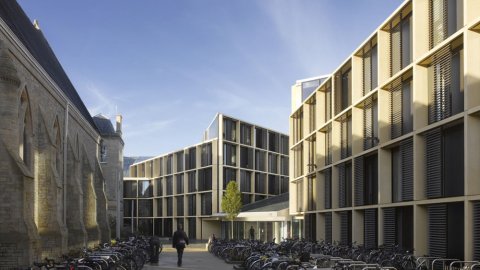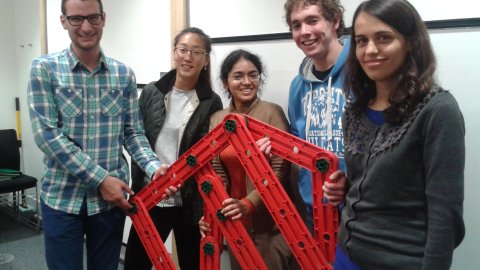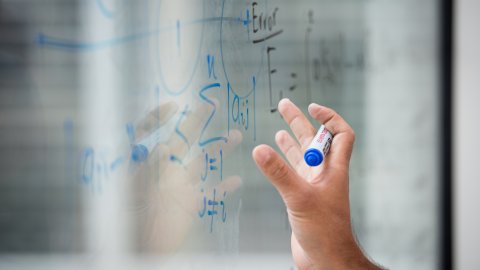(1) Fluid and particle dynamics in blenders and food processors; (2) Filter surface optimisation for maximising peak air power of vacuum cleaners; (3) Fluid system models for drip coffee makers
Abstract
Blenders and food processors have been around for years. However, detailed understanding of the fluid and particle dynamics going on with in the multi-phase flow of the processing chamber as well as the influence of variables such as the vessel geometry, blade geometry, speeds, surface properties etc., are not well understood. SharkNinja would like Oxford Universities help in developing a model that can be used to gain insight into fluid dynamics within the food processing chamber with the goal being to develop a system that will produce better food processing performance as well as predict loading on food processing elements to enable data driven product design.
Many vacuum cleaners sold claim “no loss of suction” which is defined as having only a very small reduction in peak air power output over the life of the unit under normal operating conditions. This is commonly achieved by having a high efficiency cyclonic separator combined with a filter which the user washes at regular intervals (typically every 3 months). It has been observed that some vacuum cleaners show an increase in peak air watts output after a small amount of dust is deposited on the filter. This effect is beneficial since it prolongs the time between filter washing. SharkNinja are currently working on validating their theory as to why this occurs. SharkNinja would like Oxford University’s help in developing a model that can be used to better understand this effect and provide insight towards optimizing future designs.
Although a very simple system from a construction standpoint, creating a drip coffee maker that can be produce a range of coffee sizes from a single cup to a multi-cup carafe presents unique problems. Challenges within this system result from varying pressure heads on the inlet side, accurate measurement of relatively low flow rates, fluid motive force generated by boilers, and head above the boiler on the outlet side. Getting all of these parameters right to deliver the proper strength, proper temp, and proper volume of coffee requires in depth understanding of the fluid dynamics involved in the system. An ideal outcome from this work would be an adaptive model that enables a fluid system model to be created from building blocks. This system model would include component models for tubing, boilers, flow meters, filters, pumps, check valves, and the like.




